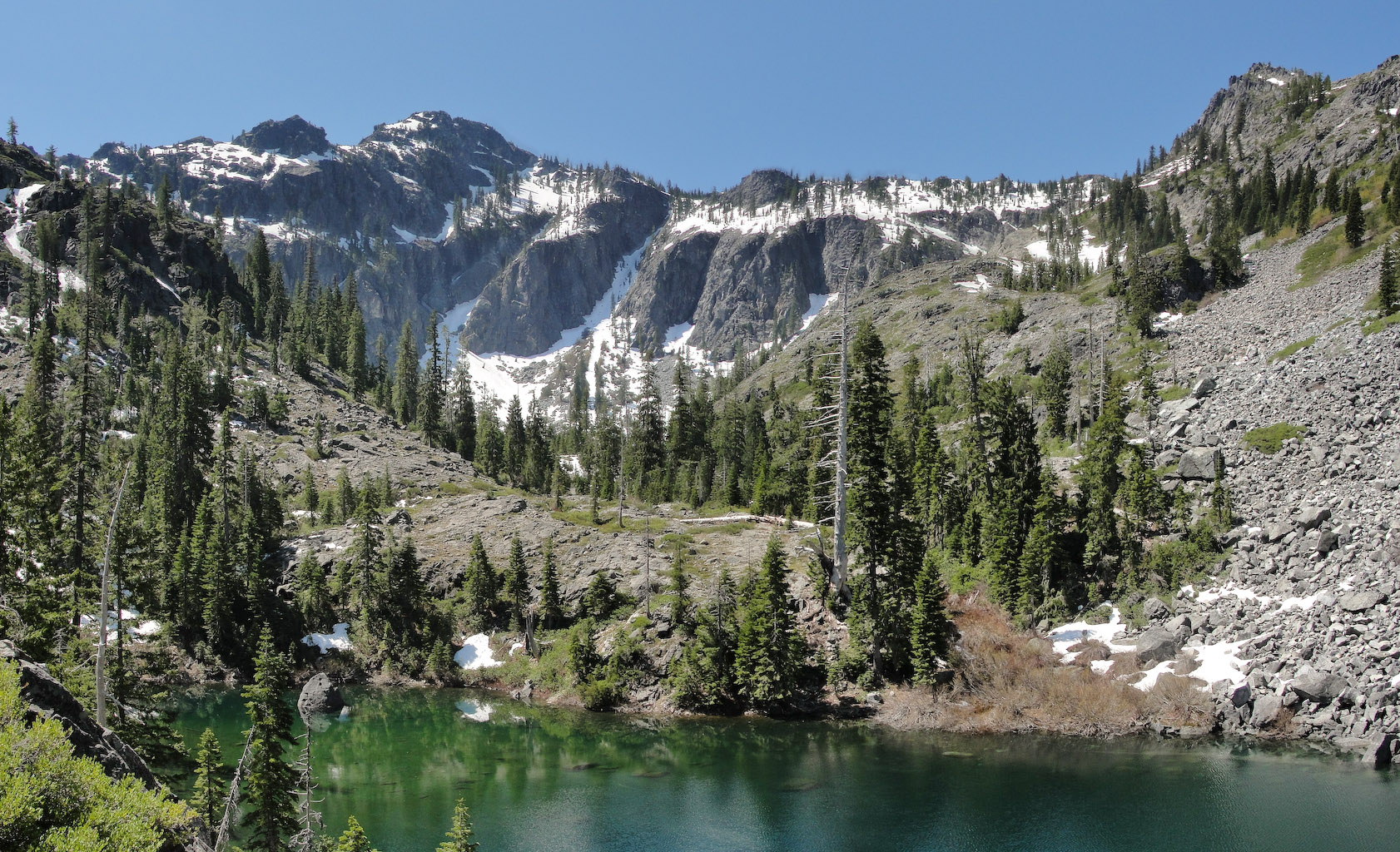Our study indicated that the biological and ecological values of the Klamath-Siskiyou ecoregion can be enhanced by a conservation plan that integrates a broader set of conservation criteria than those considered in current management plans. Most strictly protected reserves in the region (e.g., wilderness areas) were established for scenic and recreational reasons and poorly represent the range of habitats available. The Northwest Forest Plan offered what appeared to be a modest improvement in conservation status, but its long term contribution to conservation remains unknown. Not only were the late successional reserves established under the Plan based on limited criteria, many of them do not appear to be of the highest value. For example, some contain little late-seral forest and are heavily fragmented. Furthermore, these “reserves” have been open to logging, even of old growth, and some are now being proposed for intensive development.
A Science-Based Conservation Assessment for the Klamath-Siskiyou Ecoregion

